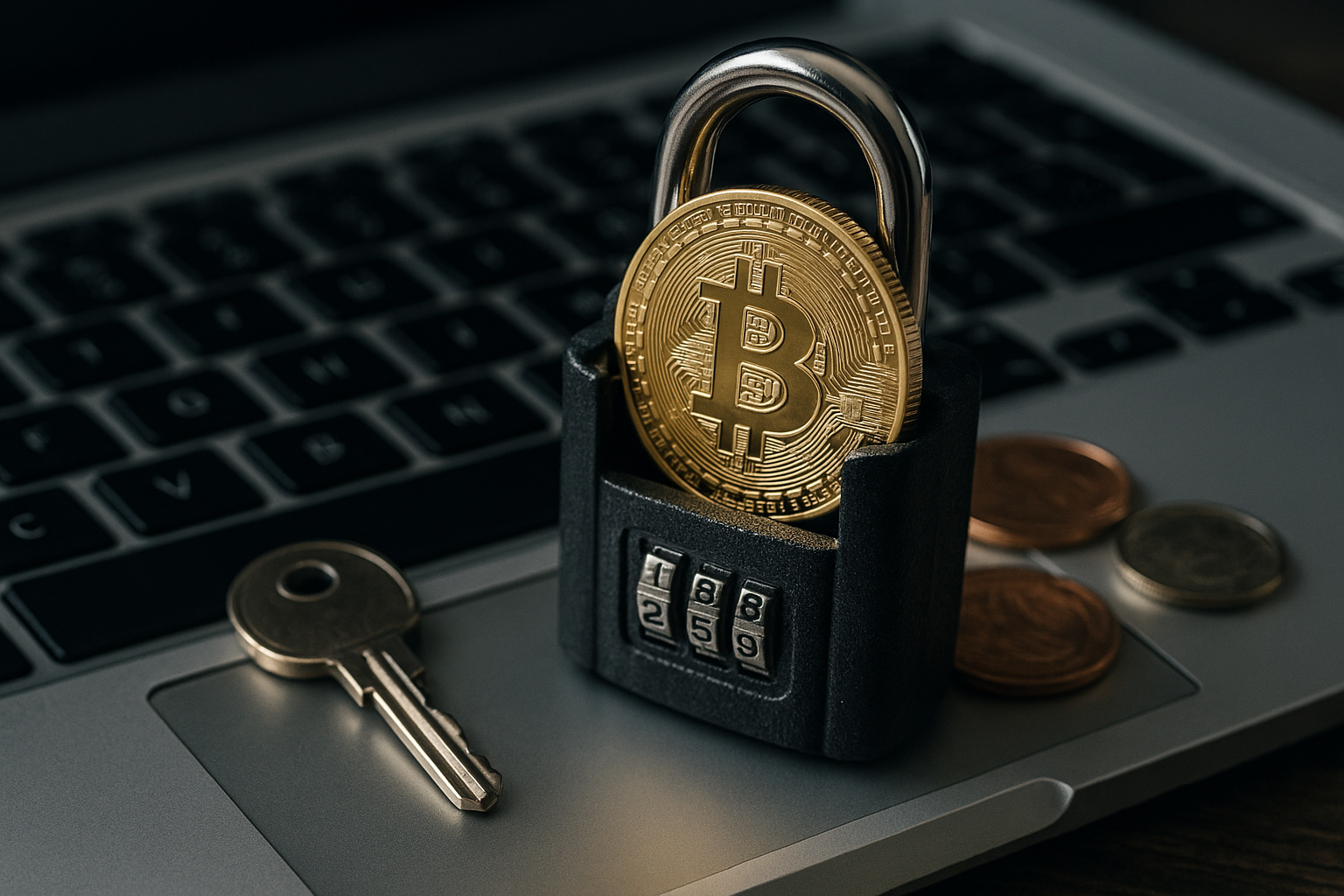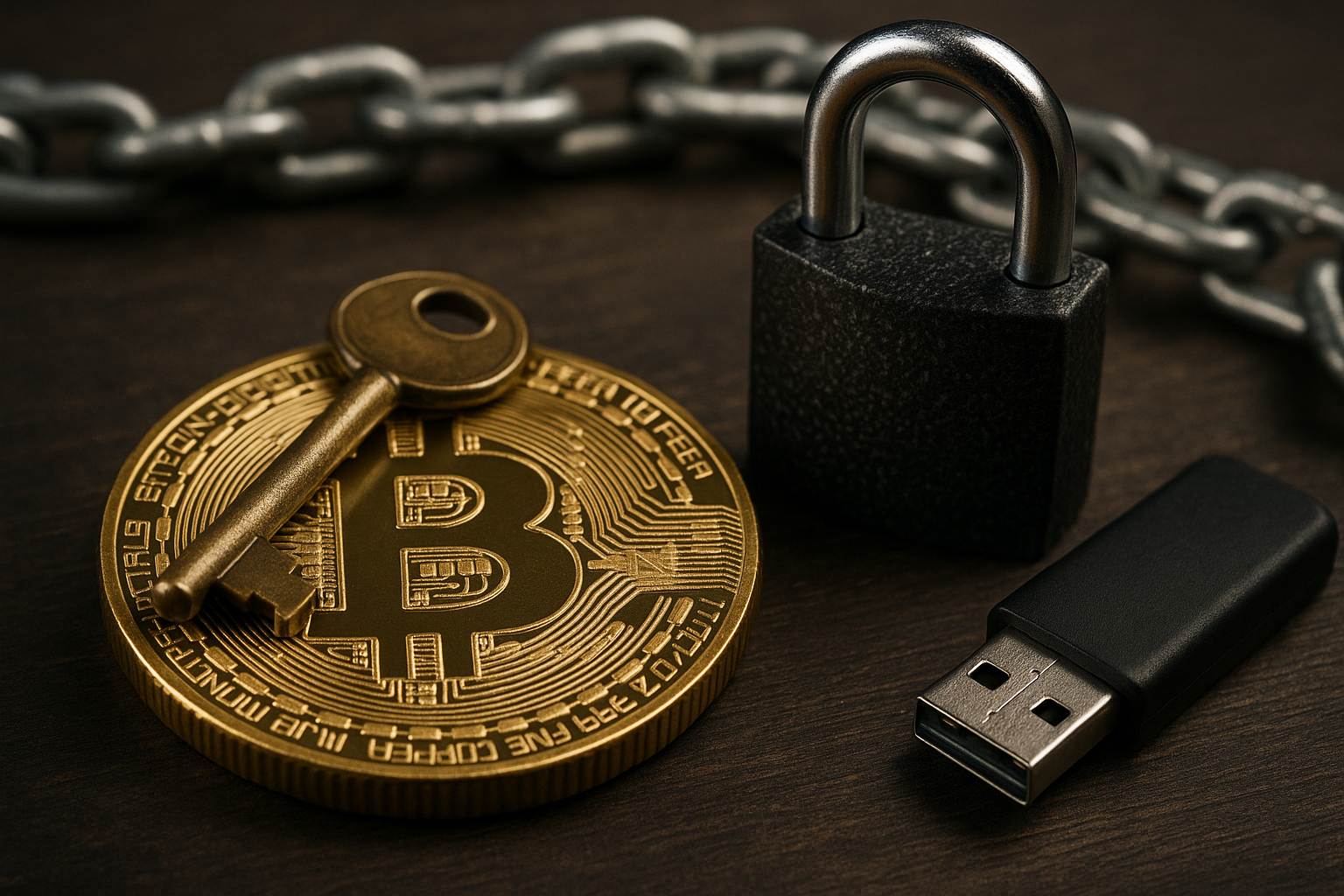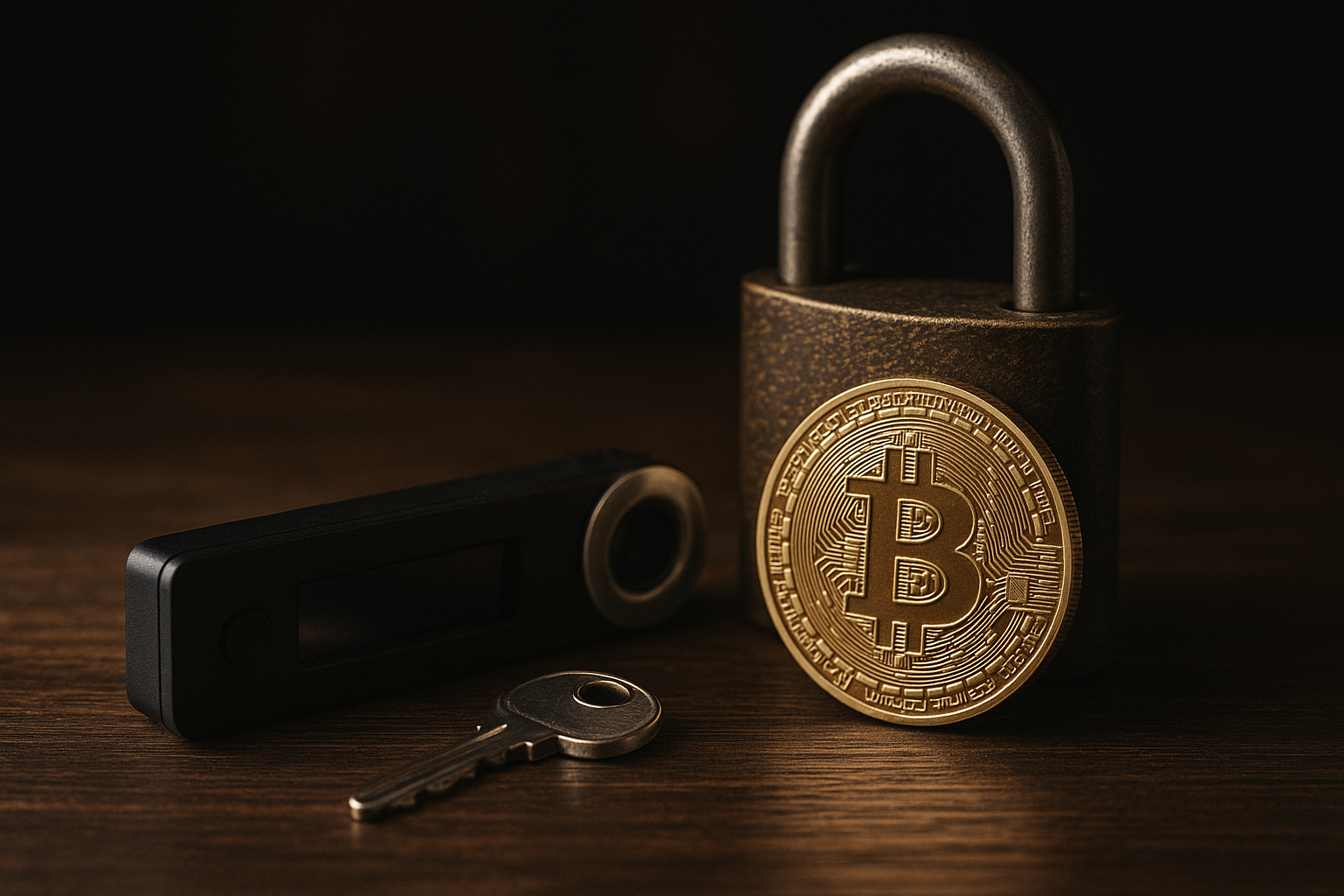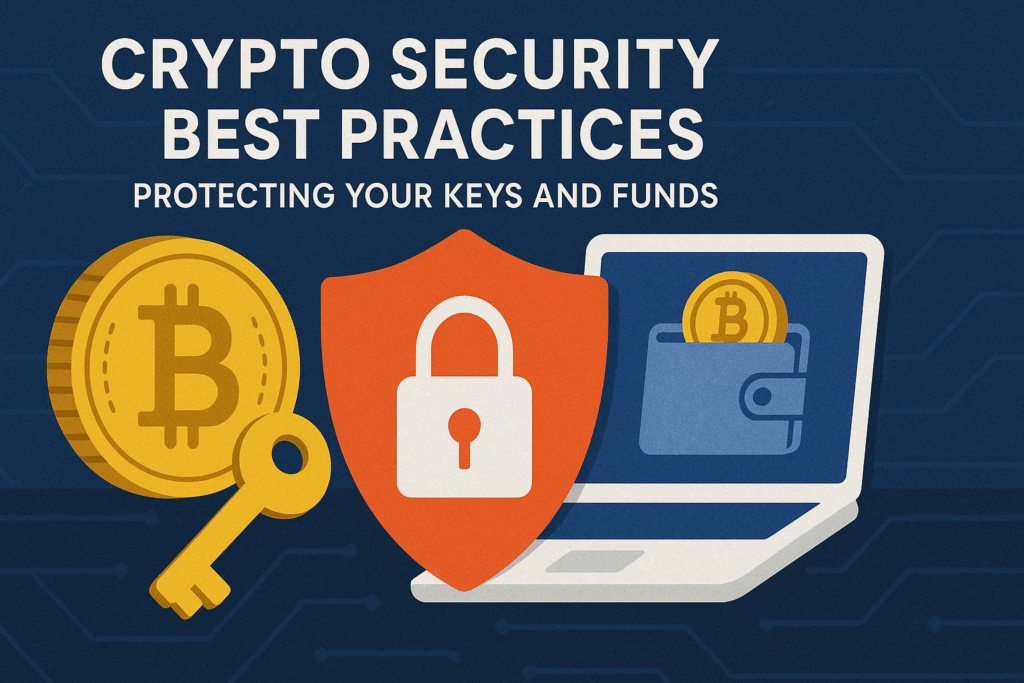Strong crypto security begins with treating private keys and seed phrases as the most valuable information you own. Unlike bank passwords, keys give full, irreversible access to funds on-chain. Protecting them — and the devices, accounts, and processes that touch them — reduces the odds of theft, loss, or irreversible mistakes. The following practical guidance covers personal and business precautions, operational practices, and incident response.
Why keys and operational security matter
– Control = custody. If you control private keys, you control the funds; if someone else controls them, you trust their security and policies.
– On-chain finality. Blockchain transactions are usually irreversible and anonymous — once funds move, recovery is difficult or impossible.
– Attack vectors are social and technical: phishing, SIM swaps, malware, compromised devices, malicious smart contracts, or careless backups.
Wallet types and when to use them
– Hardware wallets (recommended for most users): Keep private keys in a tamper-resistant device (e.g., Ledger, Trezor). Use for long-term storage and sizable holdings.
– Software wallets (desktop/mobile): Convenient for frequent use, but more exposed. Keep only small, active balances here.
– Web/extension wallets: Even more exposed due to browser attack surface. Use carefully and keep minimal funds.
– Custodial services (exchanges, custodians): Convenient and good for trading/liquidity needs. Accept counterparty risk; use only for funds you need liquid or for services that justify it.
– Multisignature wallets: Require multiple approvals to move funds (excellent for teams, treasuries, or high-value holdings).
Protecting private keys, seed phrases, and passphrases
– Never store seed phrases or private keys in plain text on a computer, phone, or cloud storage (Google Drive, iCloud, Dropbox).
– Prefer hardware wallets and keep the seed phrase physically offline.
– Backup strategy:
– Use multiple physical backups in different secure locations (fireproof safe, bank safety deposit box).
– Use metal backups (stainless steel) to resist fire/water/age; avoid paper alone.
– Consider geographic separation to reduce single-point-of-failure risk.
– Consider using an additional BIP39 passphrase (“25th word”) for extra security — note: losing this passphrase equals loss of funds. Document recovery for trusted heirs or trustees through secure legal mechanisms.
– Avoid photographing or scanning seed words. No cloud backups.
– If you must store digitally (advanced users only): encrypt with strong symmetric encryption (GPG) and keep the encrypted file offline and on read-only media; remember encryption keys must themselves be secured.
Device and operational security
– Use dedicated devices: Prefer a clean, up-to-date computer and separate phone for crypto operations if feasible. Consider an air-gapped device for maximum security.

– Keep systems patched: Apply OS and firmware updates; use reputable antivirus/anti-malware.
– Use hardware security keys (U2F/WebAuthn like YubiKey) for account logins and exchanges where supported — stronger than SMS or app-based 2FA.
– Disable SMS-based 2FA where possible; SIM-swap attacks are common.
– Use strong, unique passwords managed by a password manager. Protect the master password with a hardware-backed 2FA if possible.
– Limit browser extensions and only install reviewed wallets/extensions from official sources. Beware fake websites and clones.
– Use a hardened browser or a dedicated browser profile for interacting with wallets and DeFi.
Phishing, social engineering, and supply-chain attacks
– Always verify URLs manually; use bookmarks for important sites (exchanges, wallets).
– Inspect contract addresses and signatures carefully before approving on-chain transactions.
– Test new dApps with a small amount first. Approving unlimited token allowances is risky — set explicit maximums when possible.
– Never give private keys, seed phrases, or signed messages to anyone. Legitimate support will never ask for full private keys or seed phrases.
– Be suspicious of urgent messages, impersonation attempts, or too-good-to-be-true offers on social media and direct messages.
Smart-contract and DeFi precautions
– Vet projects: prefer audited contracts, reputable teams, and open-source code. Audits reduce but do not eliminate risk.
– Limit approvals: use tools (e.g., Etherscan token approval checks, revoke.cash) to monitor and revoke dangerous allowances.
– Use timelocks and multisig for treasury/DAO funds.
– When bridging tokens or using new protocols, move small amounts first and verify behavior.
– Diversify across protocols and avoid centralizing all funds in a single dApp.
Network and privacy considerations
– Use secure networks: avoid public Wi-Fi for sensitive transactions. Use a trusted VPN if necessary.
– Consider privacy best practices: separate wallets for different purposes, avoid address reuse, and consider coin-privacy tools if necessary. Metadata exposure can increase phishing risk.
– Protect against address replacement attacks: copy-paste can be intercepted by clipboard malware. Prefer QR codes or hardware signing when available.
Account and exchange hygiene

– Use strong, unique passwords and hardware-backed 2FA.
– Enable withdrawal whitelists and IP restrictions if supported.
– Keep only necessary funds on exchanges — move long-term holdings to cold storage.
– Check exchange reputation, insurance, and custody policies before using them for large sums.
Business/treasury best practices
– Use multisig wallets (e.g., Gnosis Safe) with distributed signers.
– Establish clear roles, approval workflows, and separation of duties.
– Maintain incident-response runbooks, regular backups, and tested recovery processes.
– Perform third-party smart-contract audits and regular internal security reviews.
Testing and recovery planning
– Test your backup and recovery process: restore the seed phrase on a device and confirm access.
– Maintain an up-to-date inventory of wallets, keys, and custodial accounts, with access details stored securely (e.g., encrypted and with emergency access provisions).
– Create an emergency plan: list contacts (legal counsel, exchange support), steps to freeze accounts where possible, and procedures for informing stakeholders.
– Consider legal/escrow mechanisms for inheritance or key recovery (lawyer-managed escrow, multisig with trusted guardians).
Incident response: quick steps after suspected compromise
1. Move unaffected funds to cold storage if possible.
2. Revoke compromised API keys, OAuth tokens, and exchange API access.
3. Revoke smart-contract allowances tied to compromised addresses where possible.
4. Change passwords and 2FA on linked accounts using uncompromised devices.
5. Document transaction IDs and contact exchange/custodian support immediately.
6. Report to local law enforcement and relevant cybercrime units; file reports with exchanges.
7. Monitor blockchain explorers for suspicious outgoing transactions.

Human factors and legal considerations
– Train family members, employees, and contractors on basic crypto safety and phishing risks.
– Keep clear legal documents for inheritance/trust arrangements to avoid accidental loss or theft by heirs.
– Stay aware of regulations and tax obligations in your jurisdiction. Proper bookkeeping and reporting reduce legal exposure.
Tools and resources (examples)
– Hardware wallets: Trezor, Ledger (use official vendors; avoid third-party resellers).
– Hardware security keys: YubiKey (for WebAuthn/U2F).
– Password managers: Bitwarden, 1Password, KeePassXC (use one with strong master password and 2FA).
– Allowance/revoke tools: revoke.cash, Etherscan Token Approvals.
– Multisig wallets/treasury management: Gnosis Safe.
– Blockchain explorers: Etherscan, BscScan, etc., for monitoring transactions.
Simple checklist (start here)
– Use a hardware wallet for all long-term holdings.
– Keep only small operational balances on hot wallets/exchanges.
– Store seed phrases on physical, fire/water-resistant media in multiple secure locations.
– Use a password manager and unique passwords for crypto services.
– Enable hardware 2FA (WebAuthn) where possible; avoid SMS 2FA.
– Test every new dApp with a small transfer; limit token approvals.
– Maintain an encrypted inventory of accounts and a tested recovery plan.
– Train anyone with access to funds in basic security hygiene.
Final thoughts
Security is a continual process, not a single setup step. Balance usability with risk tolerance: keep frequently used funds accessible and secure large holdings offline in cold storage, protected by robust backups and recovery plans. Regularly revisit your practices as threats evolve, maintain good operational discipline, and treat private keys with the same gravity as cash or critical legal documents.

